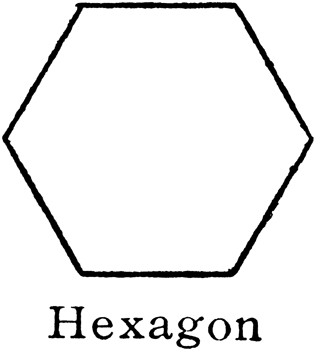

A fractal is a self-similar, repeating shape, meaning the same basic shape is seen again and again in the shape itself. The numbers in this sequence also form a a unique shape known as a Fibonacci spiral, which again, we see in nature in the form of shells and the shape of hurricanes.įractals are another intriguing mathematical shape that we seen in nature. What’s remarkable is that the numbers in the sequence are often seen in nature.Ī few examples include the number of spirals in a pine cone, pineapple or seeds in a sunflower, or the number of petals on a flower. The next number is 3 (1+2) and then 5 (2+3) and so on. Therefore, after 1 and 1, the next number is 2 (1+1).

Named for the famous mathematician, Leonardo Fibonacci, this number sequence is a simple, yet profound pattern.īased on Fibonacci’s ‘rabbit problem,’ this sequence begins with the numbers 1 and 1, and then each subsequent number is found by adding the two previous numbers. Here are a few of my favorite examples of math in nature, but there are many other examples as well. Have you ever stopped to look around and notice all the amazing shapes and patterns we see in the world around us? Mathematics forms the building blocks of the natural world and can be seen in stunning ways.


 0 kommentar(er)
0 kommentar(er)
